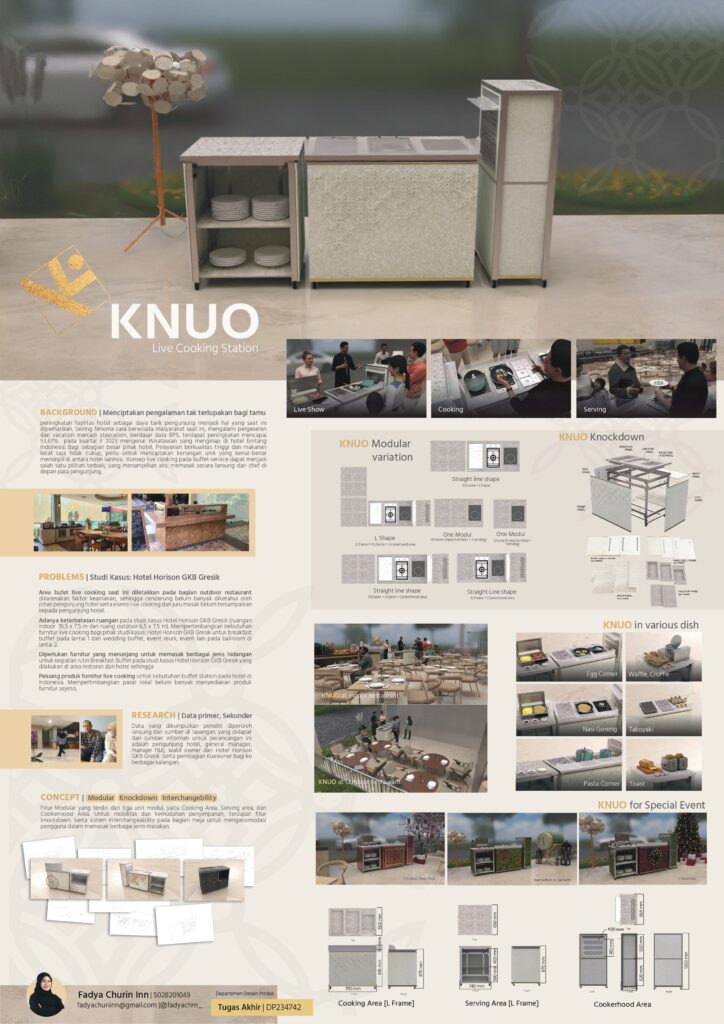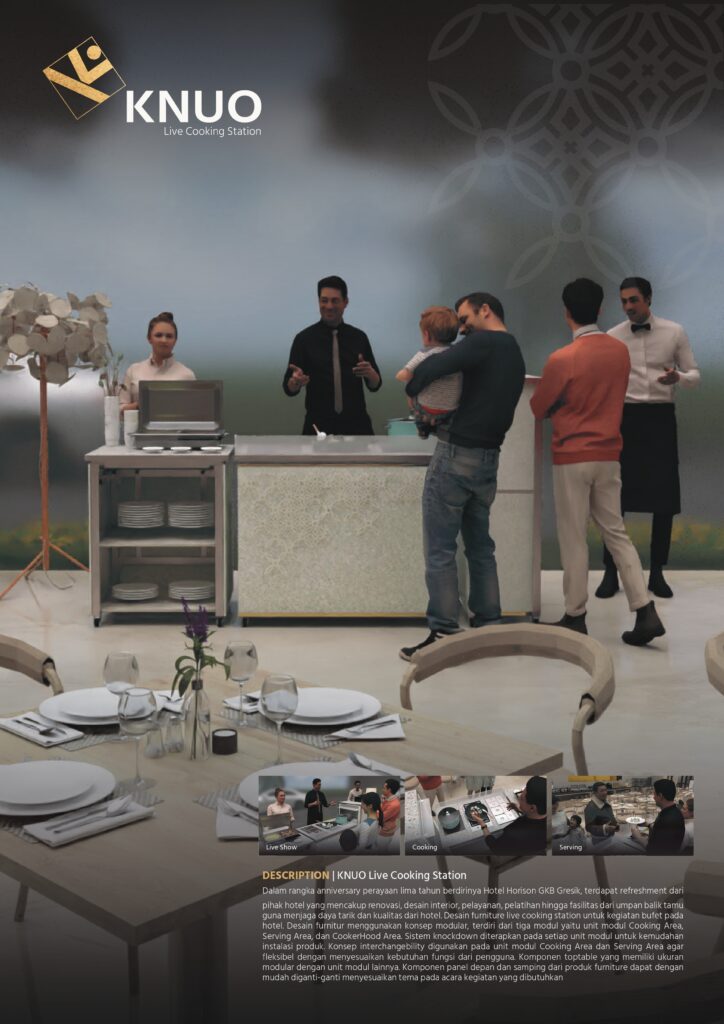Tourism has now become a psychological need and lifestyle choice that influences the quality of life. Staycations have become a popular travel trend among Indonesians, prompting hotels to maximize their services and facilities to receive positive feedback and even repeat orders from guests. The case study site, Hotel Horison GKB Gresik, focuses on food and beverage services, particularly buffet breakfast and live cooking stations. To create an unforgettable guest experience, Hotel Horison GKB Gresik offers live cooking buffets, where dishes are prepared directly according to the guests’ orders. In celebration of its fifth anniversary, the hotel has undergone a refreshment process that includes renovations, interior design updates, service improvements, training, and facilities upgrades based on guest feedback to maintain the hotel’s appeal and quality. This includes enhancing the food and beverage service by adding menu variety to the buffet and improving the guest experience at the live cooking station. Thus, this research involves designing furniture to support live cooking activities, considering user needs and adapting to the case study environment. This presents a potential market for live cooking buffet station furniture in Indonesia, considering that similar products are generally only available through custom orders and are not widely mass-produced. The methodology used in this research includes an analysis of user activities and needs, literature studies related to modular and knockdown furniture design, and field studies at several hotels using live cooking station concepts. The analysis results serve as the basis for conceptual design, emphasizing functionality, ease of assembly and disassembly, and aesthetics that match the hotel environment. The outcome of this design is furniture for live cooking stations in hotel buffets. The furniture design uses a modular concept, consisting of three modules: the Cooking Area unit, the Serving Area unit, and the CookerHood Area unit. A knockdown system is applied to each module for ease of product installation. The concept of interchangeability is used in the Cooking Area and Serving Area units to be flexible according to the users’ functional needs. The top table components have modular sizes with other units. The front and side panel components of the furniture can be easily replaced to match the theme of the required event.


